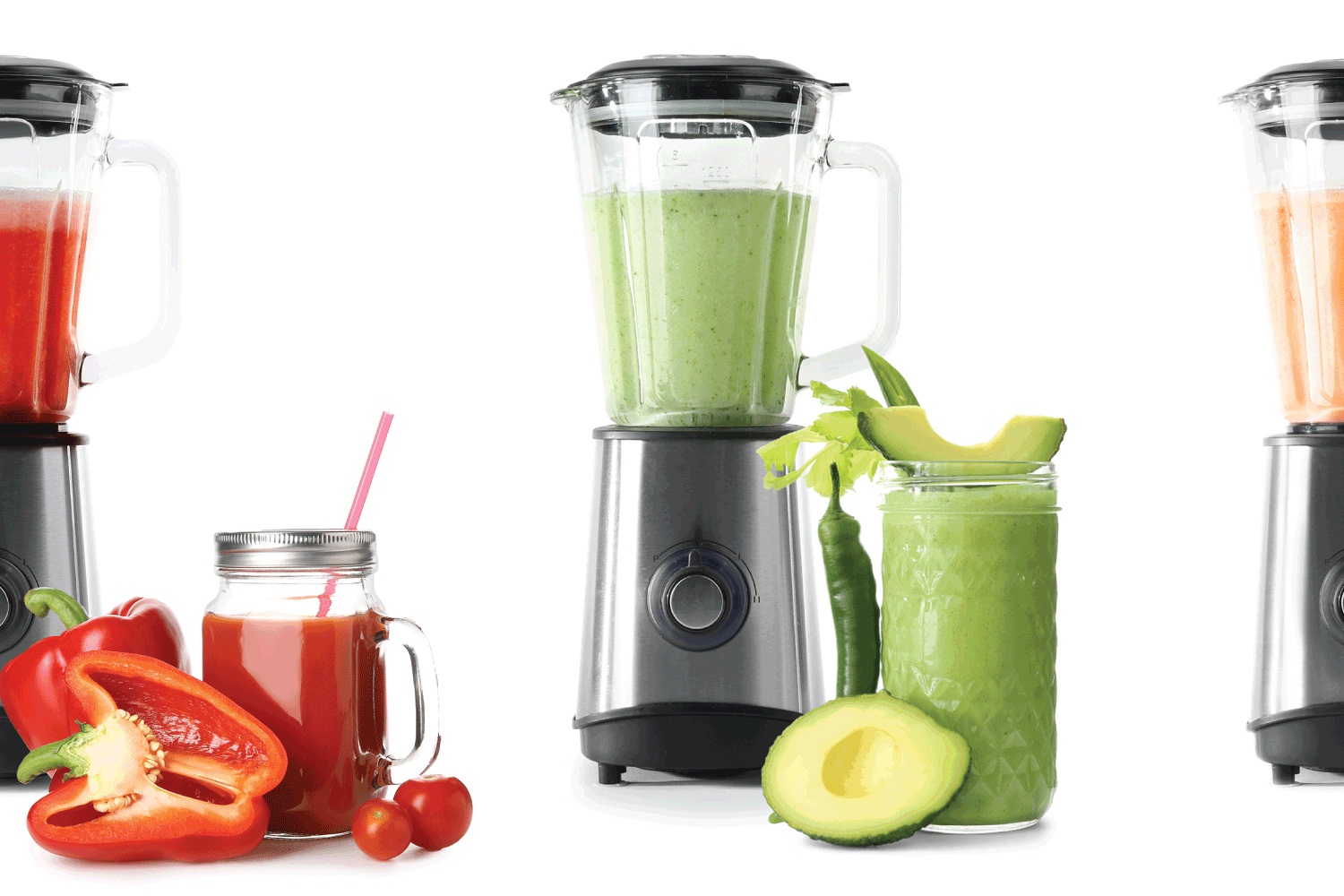

Articles
How Many Watts Should A Blender Have
Modified: May 6, 2024
Discover the ideal wattage for blenders in this informative article. Find out how many watts your blender should have for optimal performance and blending power.
(Many of the links in this article redirect to a specific reviewed product. Your purchase of these products through affiliate links helps to generate commission for Storables.com, at no extra cost. Learn more)
Introduction
Blenders have become an essential kitchen appliance for many households, allowing us to whip up delicious smoothies, soups, and sauces with just a push of a button. But have you ever wondered how many watts your blender should have? The wattage of a blender plays a crucial role in its performance, determining its power and efficiency in blending ingredients.
In this article, we will explore the importance of understanding blender wattage and its impact on blending capabilities. Whether you are a cooking enthusiast or simply someone looking to upgrade their kitchen appliances, knowing the appropriate wattage for a blender will help you make an informed decision.
So, let’s dive in and learn more about how many watts a blender should have to meet your culinary needs!
Key Takeaways:
- Blenders with higher wattage offer powerful blending, faster blending times, versatility, durability, and consistency. They are ideal for handling tough ingredients and large quantities, providing professional-level results.
- Lower wattage blenders have limitations with tough ingredients, longer blending times, limited versatility, and overheating. However, they can still be suitable for basic blending tasks or those on a tighter budget.
Read more: How Many Watts Is A Vitamix 5200 Blender
What is a blender?
A blender is a versatile kitchen appliance designed for mixing, pureeing, and emulsifying various ingredients. It consists of a motorized base, a container, and sharp blades that rotate at high speeds to blend the ingredients together. Blenders are commonly used to make smoothies, shakes, sauces, soups, and even to crush ice.
Blenders come in different shapes, sizes, and functionalities. Some blenders feature multiple speed settings, blending presets, and advanced technologies, while others have simpler designs with basic blending functions. The wide array of blender options available on the market allows users to choose a blender that best suits their specific needs and preferences.
Blenders are an indispensable tool for home cooks, professional chefs, and anyone who enjoys preparing delicious meals. With their ability to quickly and efficiently blend ingredients, blenders save time and effort in the kitchen.
Now that we understand the basic concept of a blender, let’s explore the role of wattage in determining a blender’s performance.
Understanding wattage in blenders
When it comes to blenders, wattage refers to the amount of power consumed by the blender’s motor. It determines the blender’s strength and ability to blend ingredients effectively. In simple terms, higher wattage means more power, resulting in better blending performance.
Blenders with higher wattage motors can handle tougher ingredients such as frozen fruits, ice cubes, and fibrous vegetables with ease. The powerful motor generates stronger blending forces, creating smooth and consistent results in less time.
On the other hand, blenders with lower wattage may struggle with tougher ingredients and could leave behind chunks or uneven textures. They may require more time and effort to achieve the desired consistency.
It’s important to note that wattage alone is not the sole factor determining a blender’s performance. Factors like blade design, jar shape, and the efficiency of the blending mechanism also play a role. However, wattage is a good indicator of a blender’s overall power and capabilities.
Now that we understand the significance of wattage in blenders, let’s delve into the key factors to consider when determining the appropriate wattage for your blender needs.
Factors to consider when determining wattage for a blender
When choosing a blender, several factors come into play when determining the appropriate wattage. These factors will depend on your specific blending needs and preferences. Let’s take a look at some key considerations:
1. Ingredients and Usage: Consider the types of ingredients you plan to blend and how often you will use the blender. If you frequently blend hard or frozen ingredients, such as ice, nuts, or fibrous fruits and vegetables, opting for a higher wattage blender is recommended. High wattage blenders can handle these ingredients more effectively.
2. Jar Capacity: The size of the blender jar is an important factor to consider. Larger capacity jars require more power to blend effectively, especially when filled with a substantial amount of ingredients. If you have a larger blender jar, it’s wise to choose a blender with higher wattage to ensure efficient blending.
3. Blending Techniques: Different blending techniques require different levels of power. If you prefer to make smoothies, shakes, or purees, a mid-range wattage blender should suffice. However, if you plan to blend tougher ingredients or engage in more advanced blending techniques like making nut butter or crushing ice, a blender with higher wattage would be ideal.
4. Desired Texture: Consider the texture you want to achieve with your blends. If you prefer smoother textures without any chunks or fibrous bits, a blender with higher wattage will provide better results. It will be able to break down ingredients more thoroughly, resulting in a smoother and more consistent texture.
5. Budget: Wattage can significantly impact the cost of a blender. Blenders with higher wattage motors tend to be more expensive than those with lower wattage. Therefore, consider your budget and evaluate if the additional power and capabilities of a higher wattage blender are worth the investment for your specific blending needs.
By taking these factors into consideration, you’ll be able to determine the appropriate wattage range for your blender. In the next section, we’ll explore the recommended wattage range for different types of blenders.
Recommended wattage range for different blender types
Blenders come in various types, each designed for specific blending tasks. The recommended wattage range for different blender types can vary based on their intended use and the ingredients they typically handle. Here are some general guidelines:
1. Personal Blenders: Personal blenders are compact and convenient for single-serving blends. They are suitable for blending smoothies, protein shakes, and light-duty tasks. Personal blenders typically have a wattage ranging from 200 to 400 watts. This wattage range is sufficient for blending soft ingredients and producing smooth blends.
2. Countertop Blenders: Countertop blenders are versatile and designed for everyday blending tasks. They are capable of handling a wide range of ingredients, including ice and fibrous vegetables. For countertop blenders, the recommended wattage range is between 500 and 900 watts. Blenders within this range offer adequate power for most everyday blending needs.
3. High-Performance Blenders: High-performance blenders are heavy-duty machines built for professional and robust blending tasks. They excel at blending tough ingredients, crushing ice, and creating smooth purees. These blenders usually have a wattage range of 1000 watts or more. With their high power output, they can handle any ingredient effortlessly and produce ultra-smooth results.
While these ranges offer general guidelines, it’s important to note that individual blender models may have specific wattage recommendations provided by the manufacturer. Always refer to the product specifications and descriptions to ensure you choose a blender with the appropriate wattage for your needs.
Now that we have explored the recommended wattage ranges, let’s discuss the benefits of higher wattage blenders and the limitations of lower wattage blenders.
A blender should have at least 500 watts for basic blending tasks, while more powerful blenders with 1000 watts or more are better for tougher ingredients like ice and frozen fruits.
Read more: How Many Watts Does A Ninja Blender Use
Benefits of higher wattage blenders
Higher wattage blenders offer several advantages due to their increased power and efficiency. Let’s explore some of the key benefits of using a blender with a higher wattage:
1. Powerful Blending: Blenders with higher wattage motors can handle tough ingredients effortlessly, including frozen fruits, fibrous vegetables, and ice cubes. The powerful motor generates stronger blending forces, resulting in smoother textures and more consistent blends without any chunks or fibrous bits.
2. Faster Blending: The increased power of a high-wattage blender allows for quicker and more efficient blending. With higher blending speeds, you can blend ingredients in significantly less time compared to lower wattage blenders.
3. Versatility: High-wattage blenders are more versatile and can handle a wider range of tasks. They are not just limited to blending smoothies; they can also be used for making nut butter, crushing ice, grinding spices, and even making hot soups. The additional power gives you the flexibility to experiment with various recipes and achieve professional-level results.
4. Durability: Higher wattage blenders often come with more robust construction and stronger materials to withstand the demands of blending tough ingredients. This means they are built to last longer and can withstand heavy usage without compromising performance.
5. Consistency: Blenders with higher wattage provide better consistency in blending. They are able to blend ingredients more thoroughly, ensuring all components are incorporated evenly. This results in consistently smooth and well-blended mixtures with every use.
6. Handling Large Quantities: If you frequently prepare large batches of blended recipes, a higher wattage blender will be more efficient. Its powerful motor can handle larger quantities of ingredients without sacrificing blending quality or overheating.
Overall, investing in a higher wattage blender can greatly enhance your blending experience and provide you with the power and versatility you need in the kitchen.
Next, let’s discuss the limitations of lower wattage blenders.
Limitations of lower wattage blenders
While lower wattage blenders have their place in the kitchen, it’s important to consider their limitations before making a purchasing decision. Here are some of the key limitations you may encounter when using a blender with lower wattage:
1. Difficulty with Tough Ingredients: Lower wattage blenders may struggle with blending tough ingredients such as frozen fruits, ice cubes, or fibrous vegetables. The lack of power can result in uneven textures, leaving behind chunks or fibrous bits in your blends.
2. Longer Blending Time: Blenders with lower wattage motors often require more time to thoroughly blend ingredients. The lower power output means it may take longer to achieve the desired consistency, especially when dealing with harder or denser ingredients.
3. Limited Versatility: Blenders with lower wattage may have limited functionality and are typically designed for basic blending tasks. They may not have the power or capabilities to handle more advanced techniques like making nut butter or crushing ice. This can restrict your culinary experiments and recipe options.
4. Overheating: Lower wattage blenders are more prone to overheating when used for extended periods, or with heavy-duty blending. This may require you to pause blending to let the motor cool down, prolonging the overall blending process.
5. Smaller Batch Sizes: Lower wattage blenders are often better suited for single or smaller serving sizes. When attempting to blend larger quantities, these blenders may struggle to effectively process all the ingredients, resulting in inconsistent textures or incomplete blending.
While lower wattage blenders can still handle lighter blending tasks and may suit occasional or basic blending needs, it’s important to be aware of their limitations when considering your blending requirements.
Now that we have discussed the limitations of lower wattage blenders, let’s explore some tips for using blenders with different wattages.
Tips for using blenders with different wattages
Whether you have a high-wattage blender or a lower-wattage one, here are some tips to help you make the most out of your blending experience:
1. Use Liquid as a Base: When using a lower wattage blender, it is advisable to add liquid as a base before adding solid ingredients. The liquid helps create a smoother blending process and reduces the strain on the motor.
2. Start with Softer Ingredients: If you have a lower wattage blender, start with softer ingredients before gradually adding harder or frozen ones. This allows the blender to break down the ingredients more easily and prevents it from becoming overwhelmed.
3. Cut Ingredients into Smaller Pieces: For lower wattage blenders, it’s beneficial to cut ingredients into smaller, more manageable pieces. This eases the blending process and reduces the strain on the motor.
4. Pulse Blending: Instead of continuously blending, use the pulse function on your blender for short bursts. This technique allows the blender to rest between blends and prevents overheating. It also helps to achieve a smoother consistency by giving you more control over the blending process.
5. Avoid Overloading: With lower wattage blenders, it’s important not to overload the blender jar. Be mindful of the maximum capacity recommended by the manufacturer and avoid filling it beyond capacity. Overloading can decrease the blender’s efficiency and lead to uneven blending.
6. Blend in Batches: If you need to blend larger quantities of ingredients with a lower wattage blender, consider blending in smaller batches. This reduces the strain on the motor and ensures that all ingredients are blended evenly.
7. Allow for Cooling: If you’re using a lower wattage blender for an extended period or with heavy-duty blending, occasionally pause and let the blender cool down. This prevents overheating and extends the lifespan of the motor.
Remember, these tips can help optimize the performance of your blender, regardless of its wattage. Adjust your blending techniques and be mindful of the capabilities of your specific blender to achieve the best results.
Now, let’s wrap up our discussion.
Conclusion
Choosing the right wattage for your blender is essential for achieving optimal blending results and meeting your specific culinary needs. Understanding the role of wattage in blenders empowers you to make informed decisions when selecting a blender that suits your requirements.
Higher wattage blenders offer numerous benefits, including powerful blending capabilities, faster blending times, versatility in handling various ingredients, and consistent blending results. They are ideal for individuals who frequently blend tough or dense ingredients, prepare large quantities, or require professional-level blending performance.
On the other hand, lower wattage blenders have their limitations. They may struggle with tougher ingredients, require longer blending times, and have limited versatility. However, they can still be suitable for basic blending tasks or for those on a tighter budget.
Regardless of the wattage of your blender, there are tips to enhance your blending experience. Using a liquid base, starting with softer ingredients, cutting ingredients into smaller pieces, pulse blending, avoiding overloading the blender, blending in batches, and allowing for cooling are all helpful practices to optimize your blending results.
Remember to consider factors such as the types of ingredients you will blend, the desired texture, and your blending techniques when determining the appropriate wattage for your blender. By doing so, you can ensure that your blender meets your blending needs effectively.
In conclusion, the wattage of a blender plays a significant role in its performance. While higher wattage blenders offer more power and versatility, lower wattage blenders can still be suitable for lighter blending tasks. Choose a blender with the appropriate wattage range based on your specific requirements and blend with confidence to create delicious and smooth concoctions.
Now, armed with this knowledge, go forth and find the perfect blender that will blend its way into your heart and kitchen!
Curious about crafting smoothies without relying on a blender? Our next piece dives into innovative methods for smoothie making, ensuring you still enjoy your favorite refreshing treats even when traditional tools aren't available. From using basic kitchen equipment to some unexpected techniques, find out how to keep those smoothies coming no matter the circumstances. Perfect for anyone looking to simplify their kitchen or just trying something new!
Frequently Asked Questions about How Many Watts Should A Blender Have
Was this page helpful?
At Storables.com, we guarantee accurate and reliable information. Our content, validated by Expert Board Contributors, is crafted following stringent Editorial Policies. We're committed to providing you with well-researched, expert-backed insights for all your informational needs.
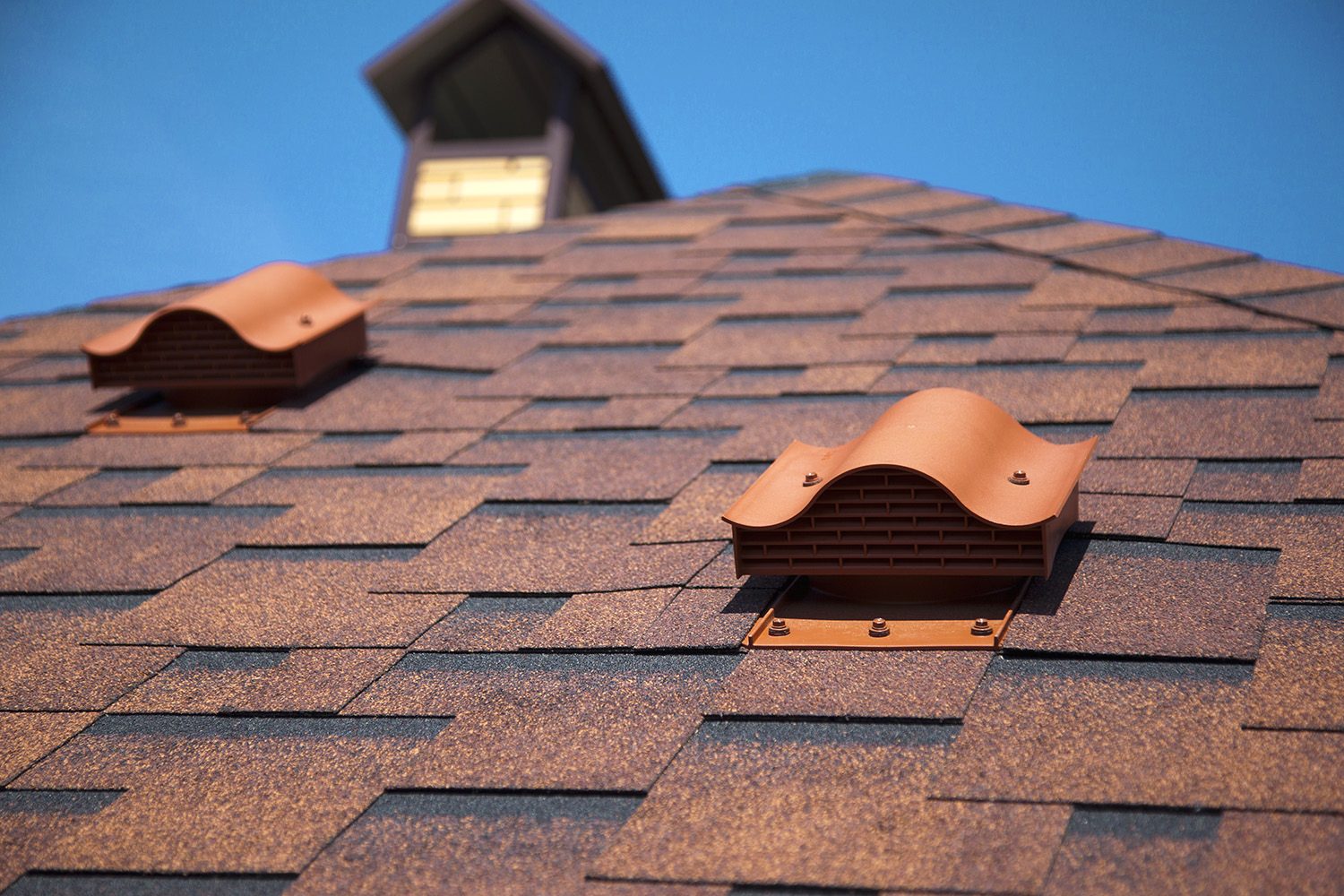
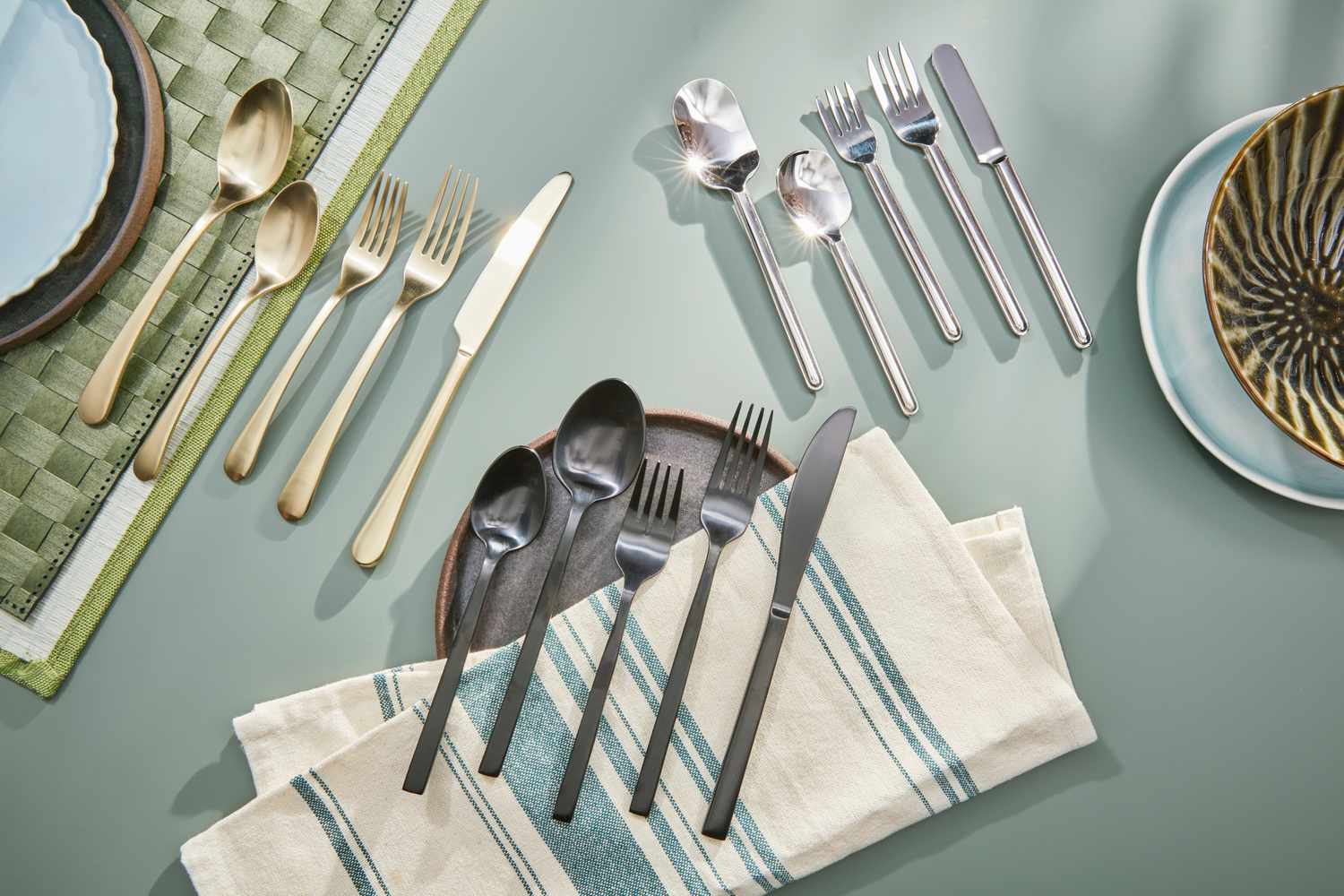

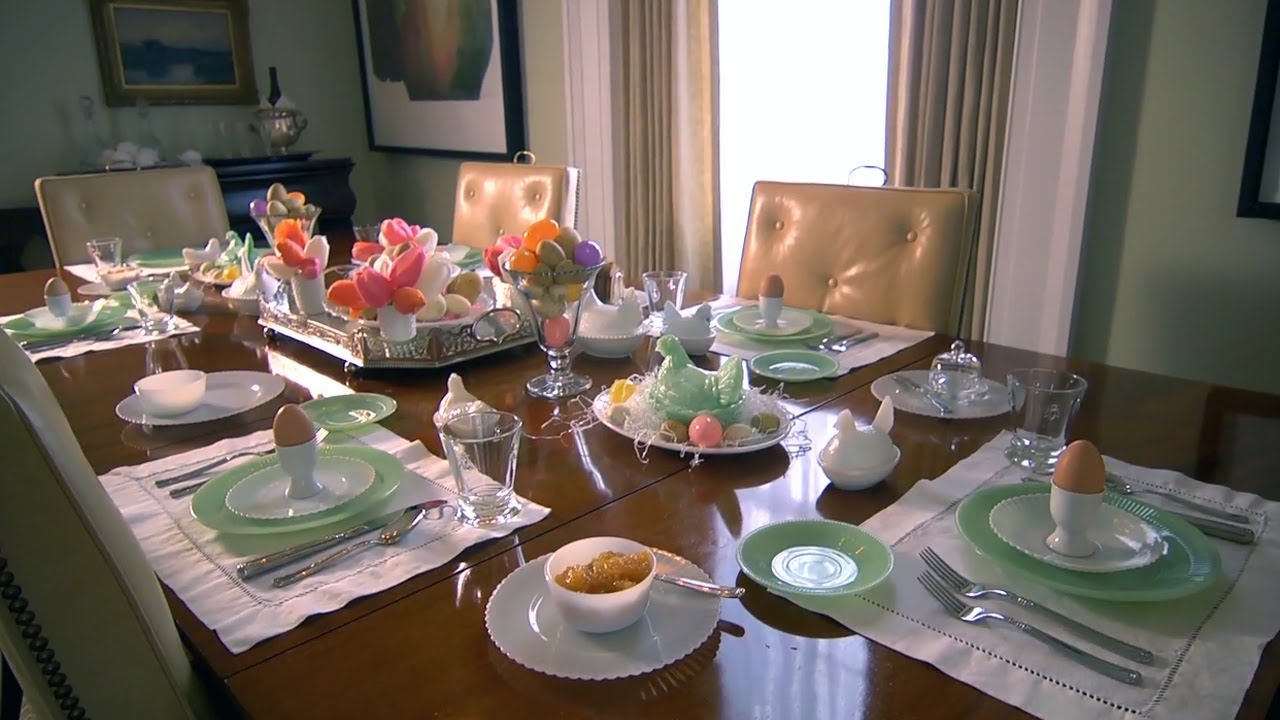
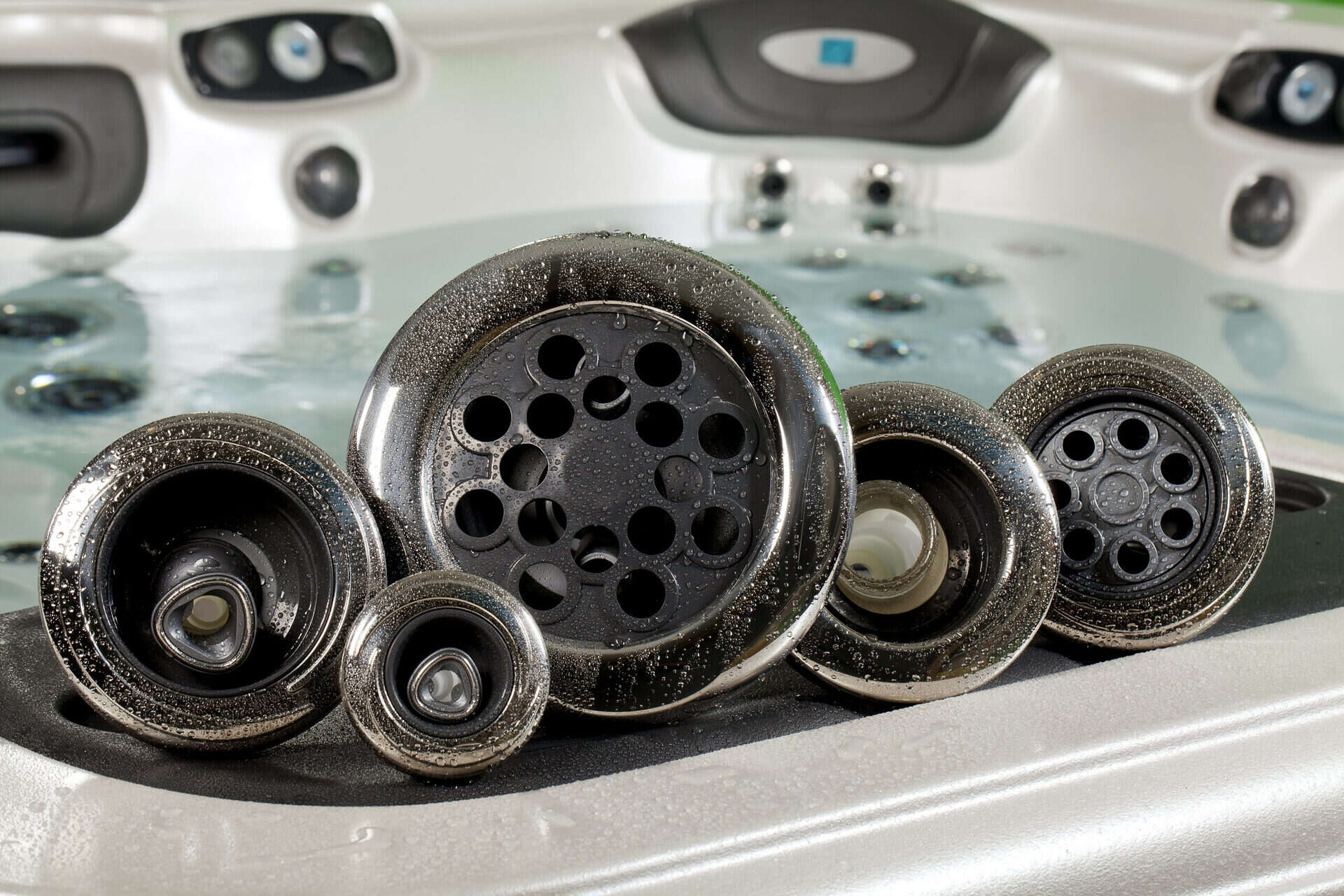
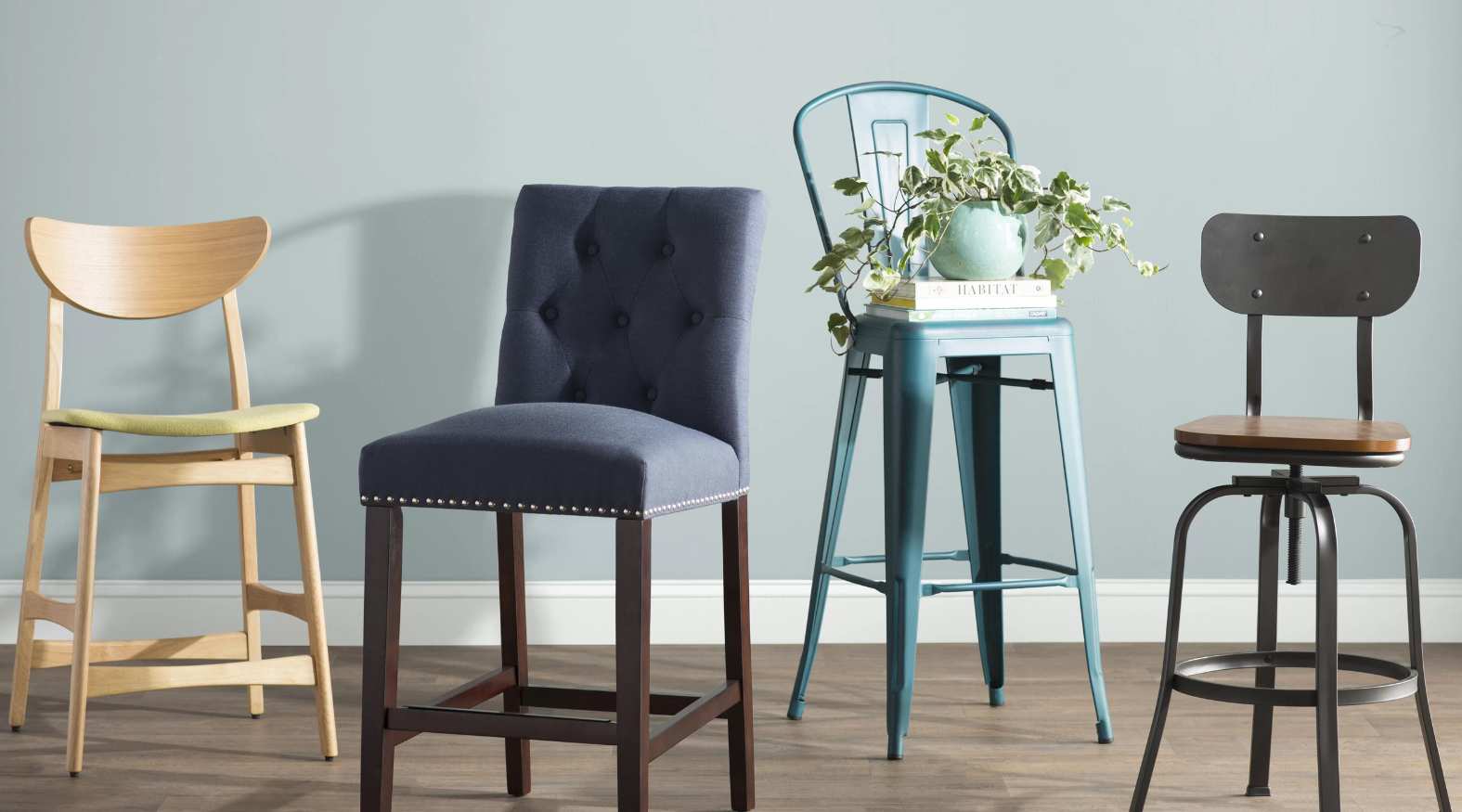

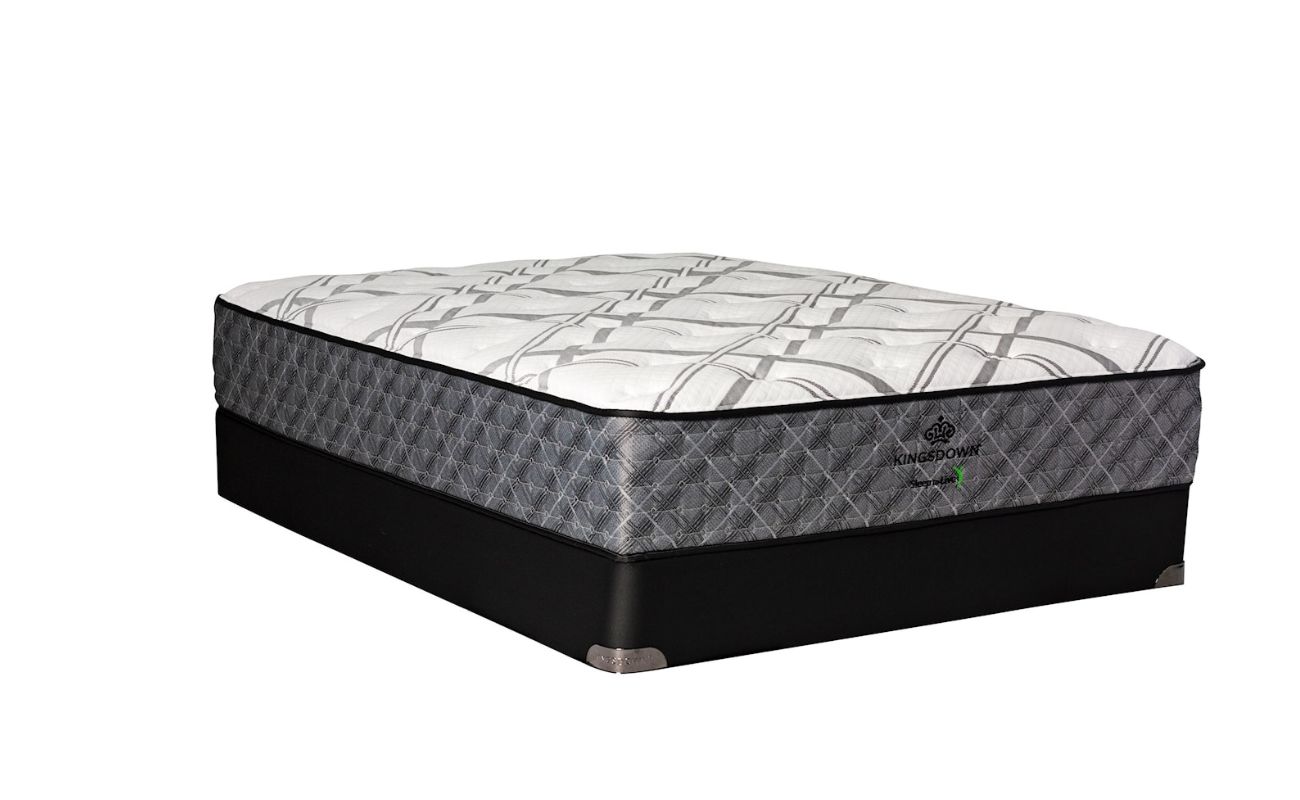
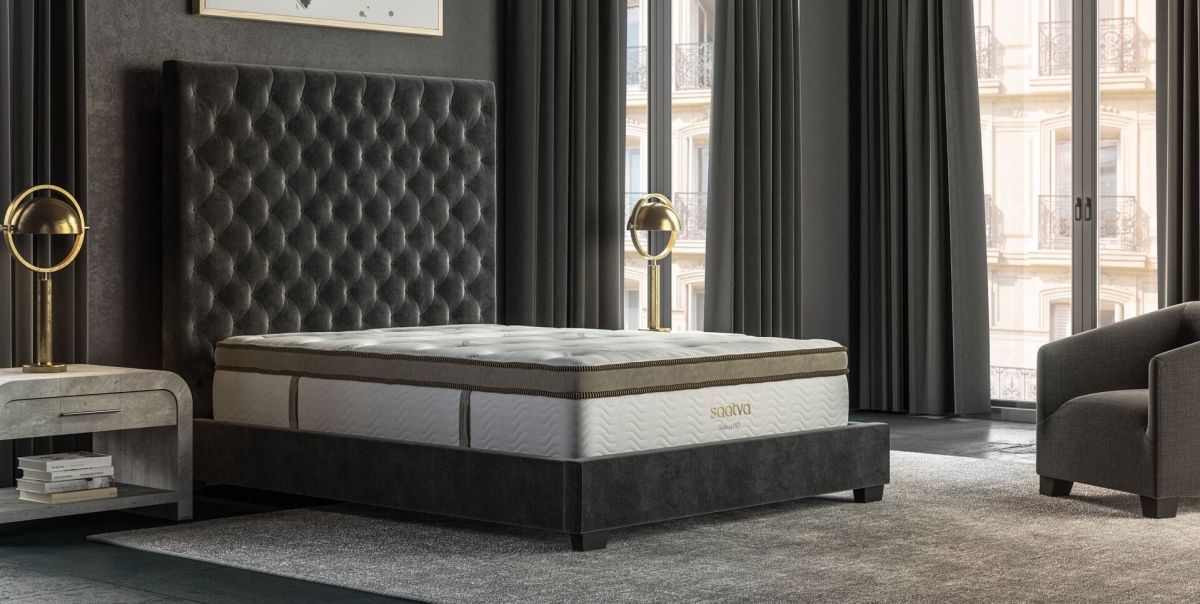
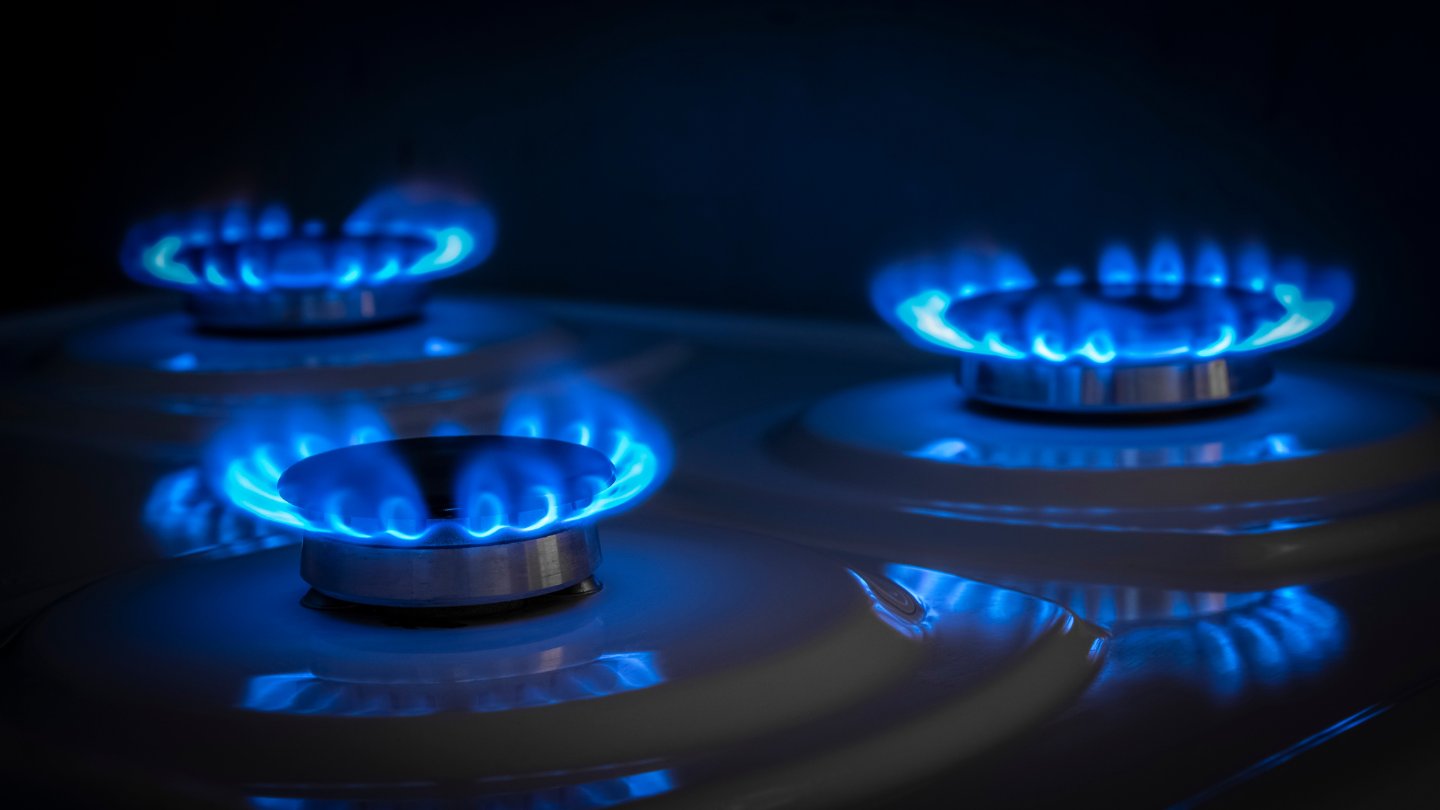
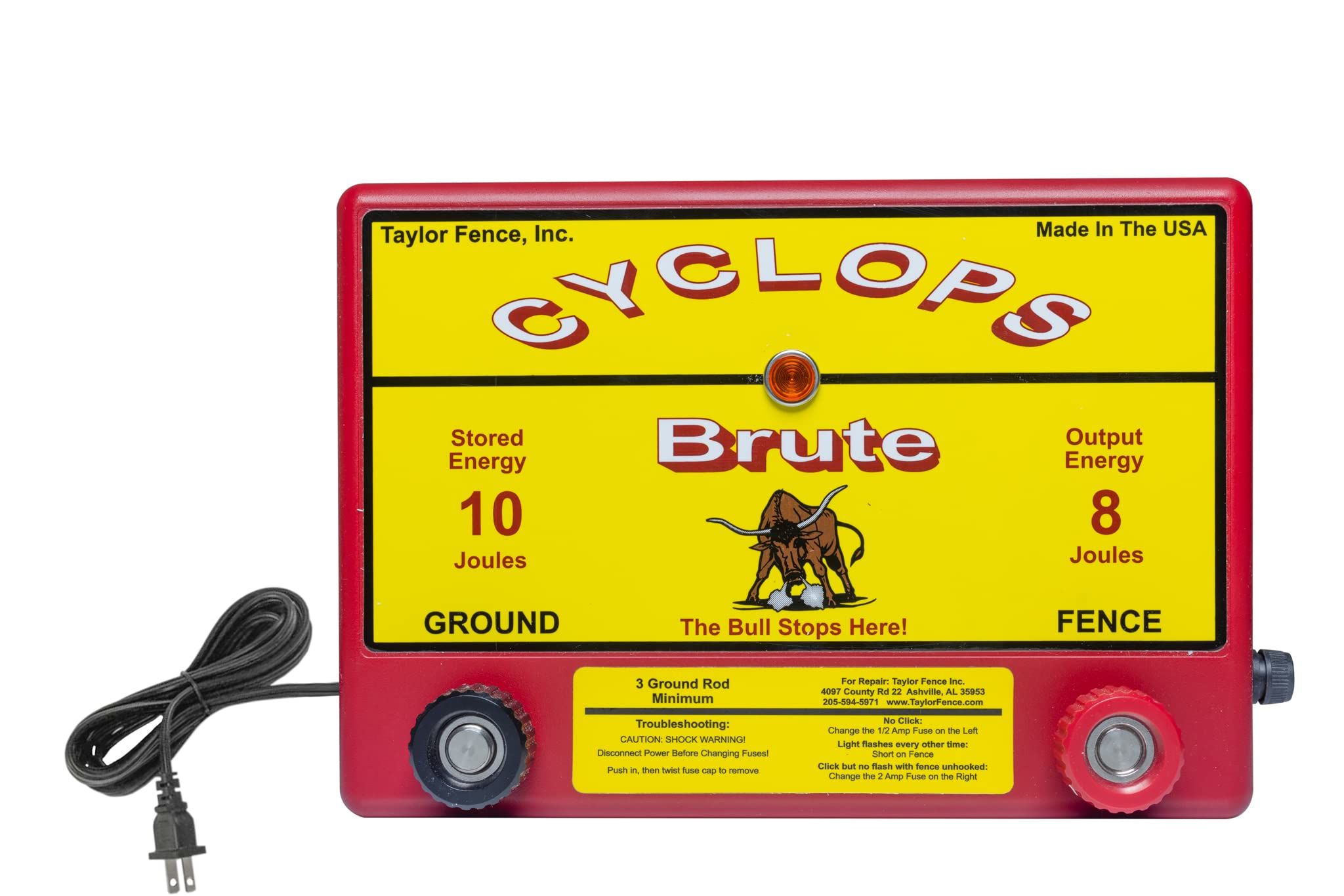

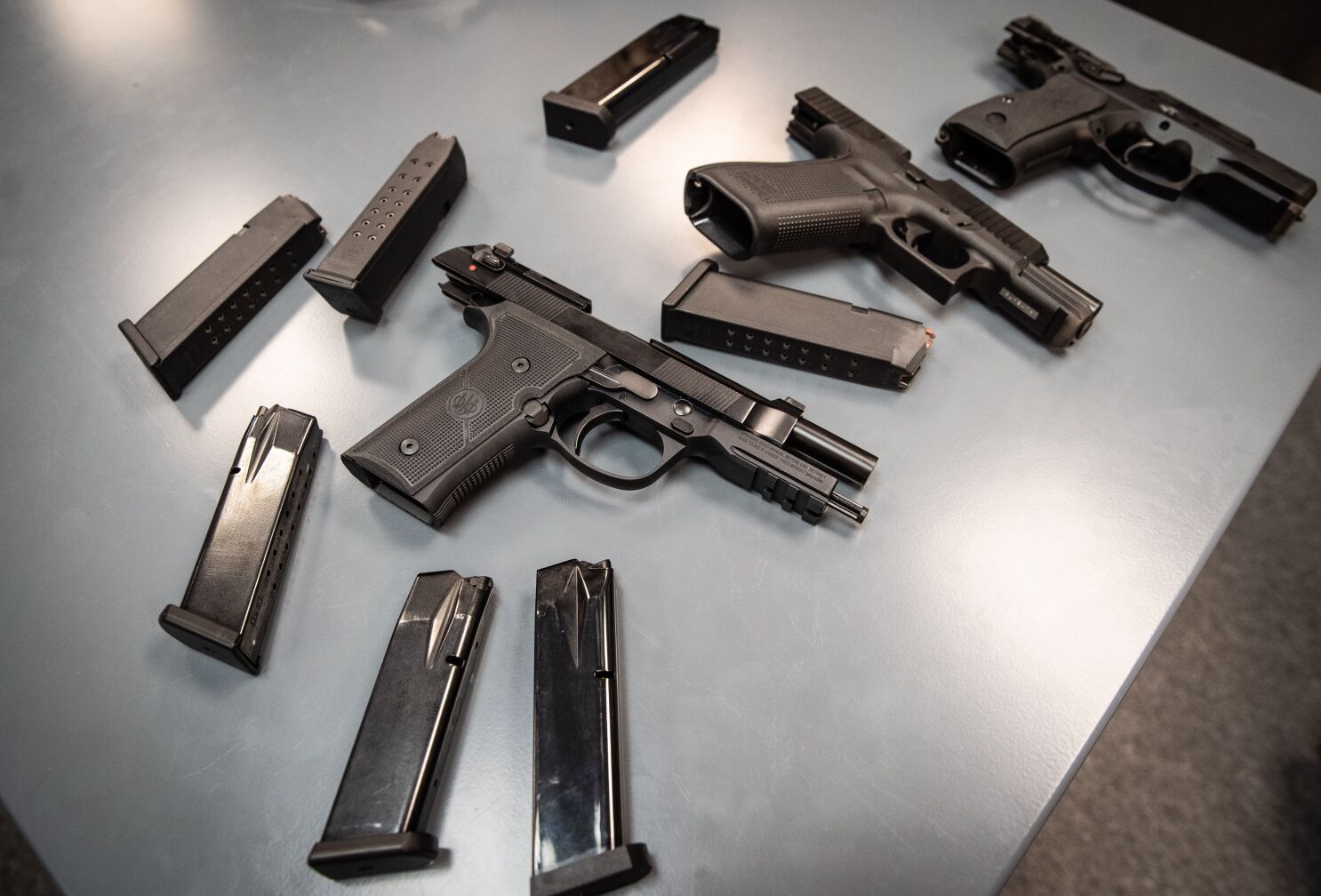
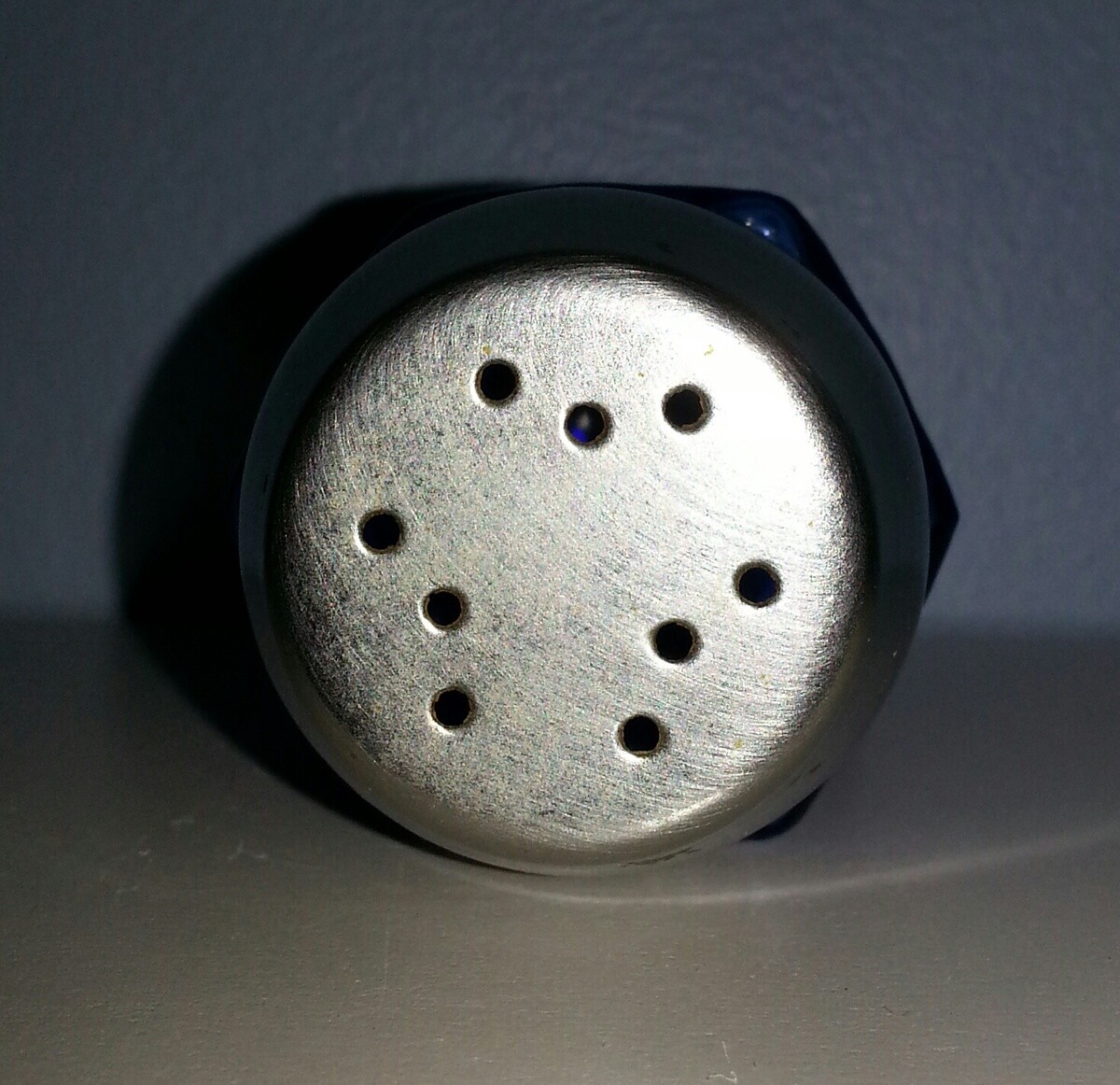

0 thoughts on “How Many Watts Should A Blender Have”